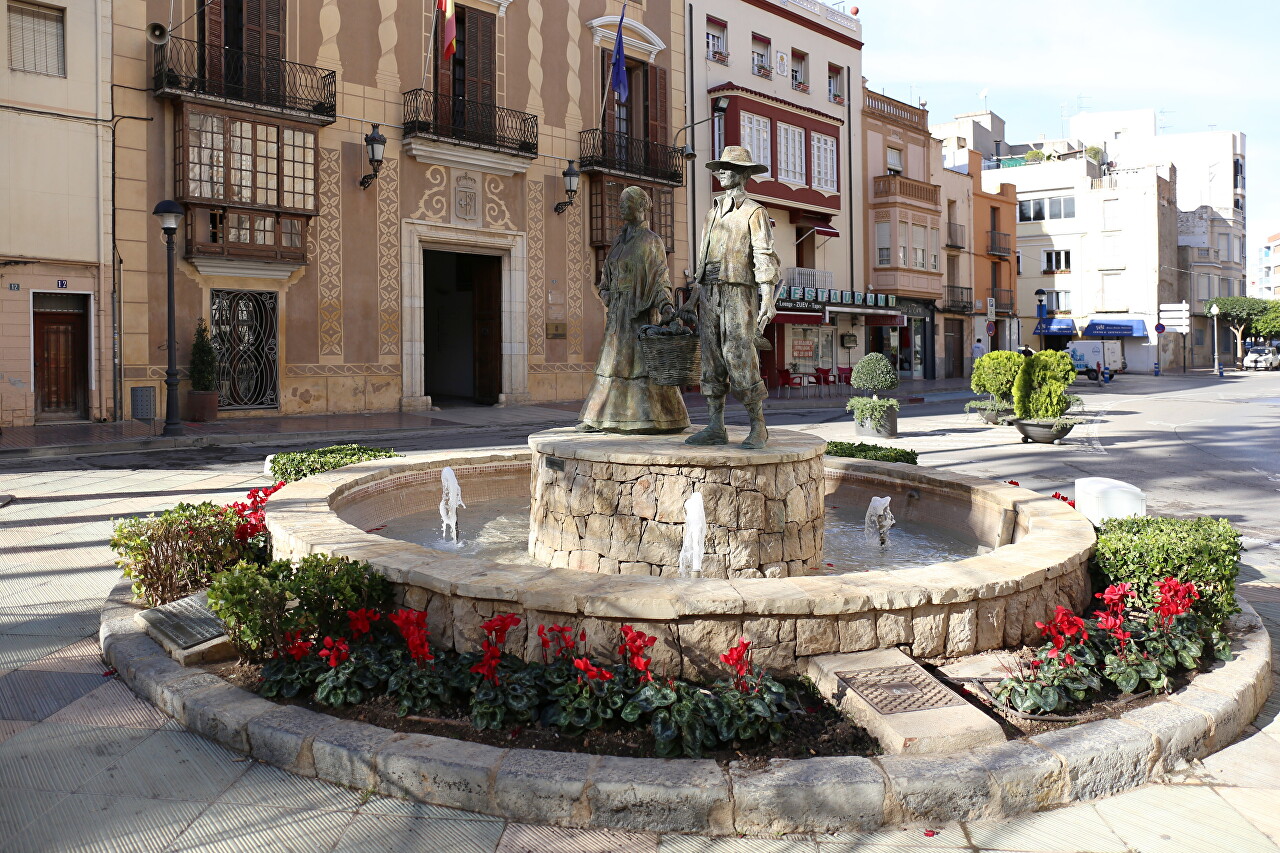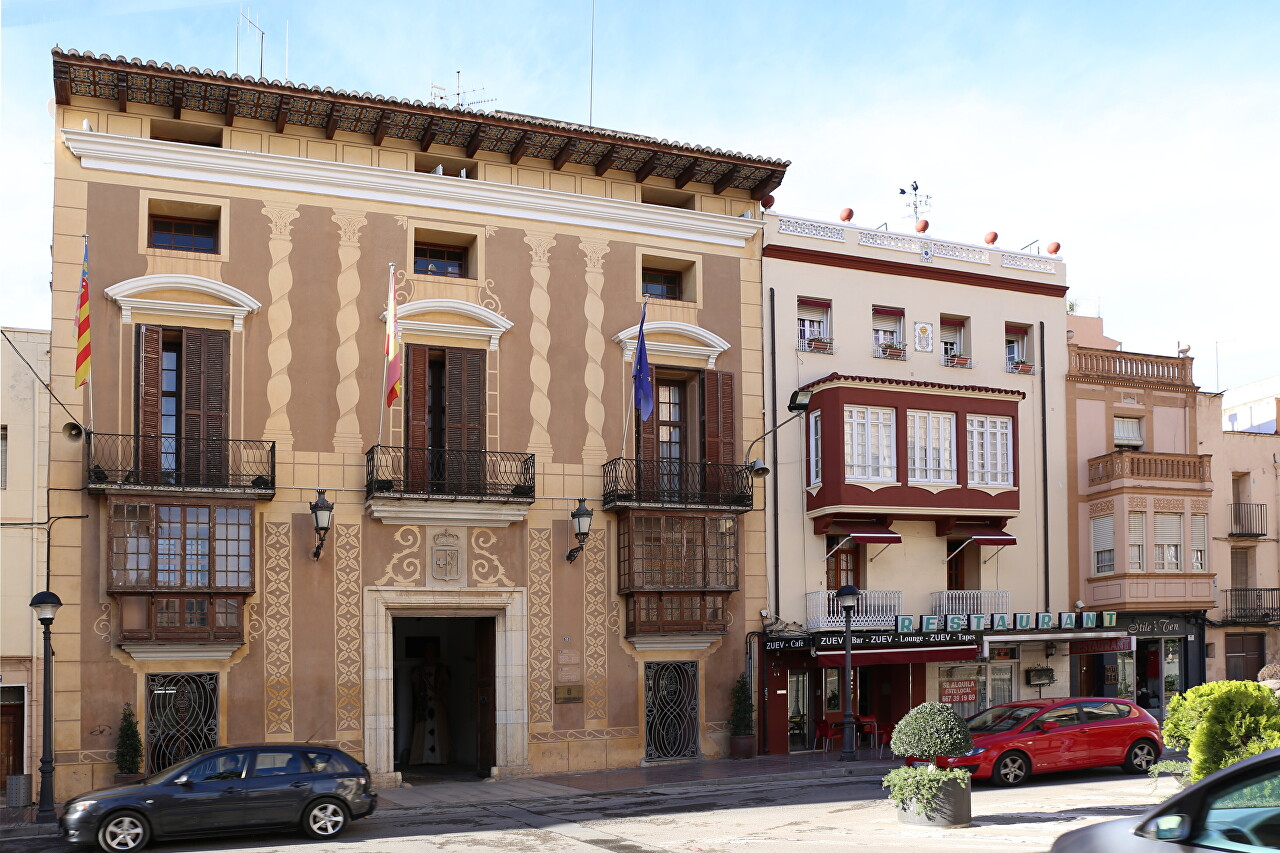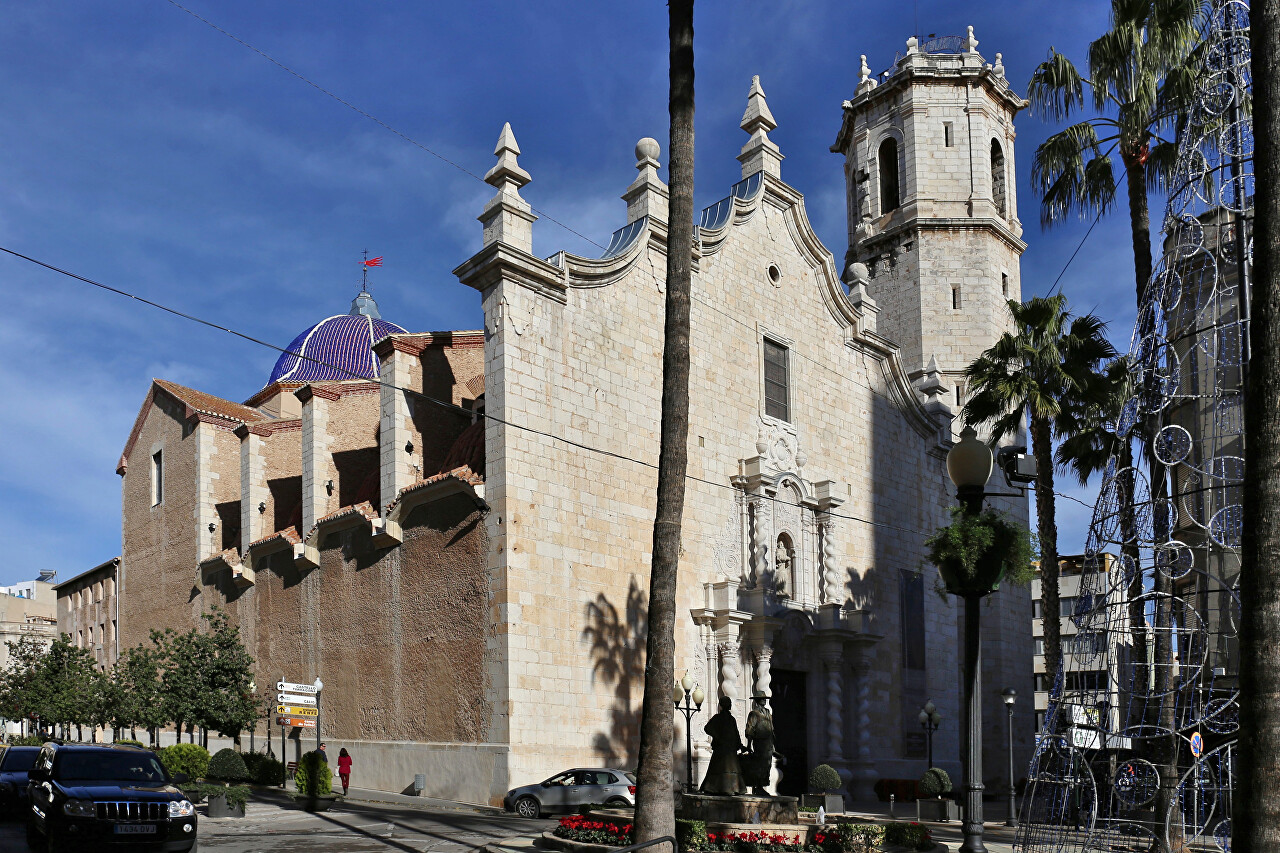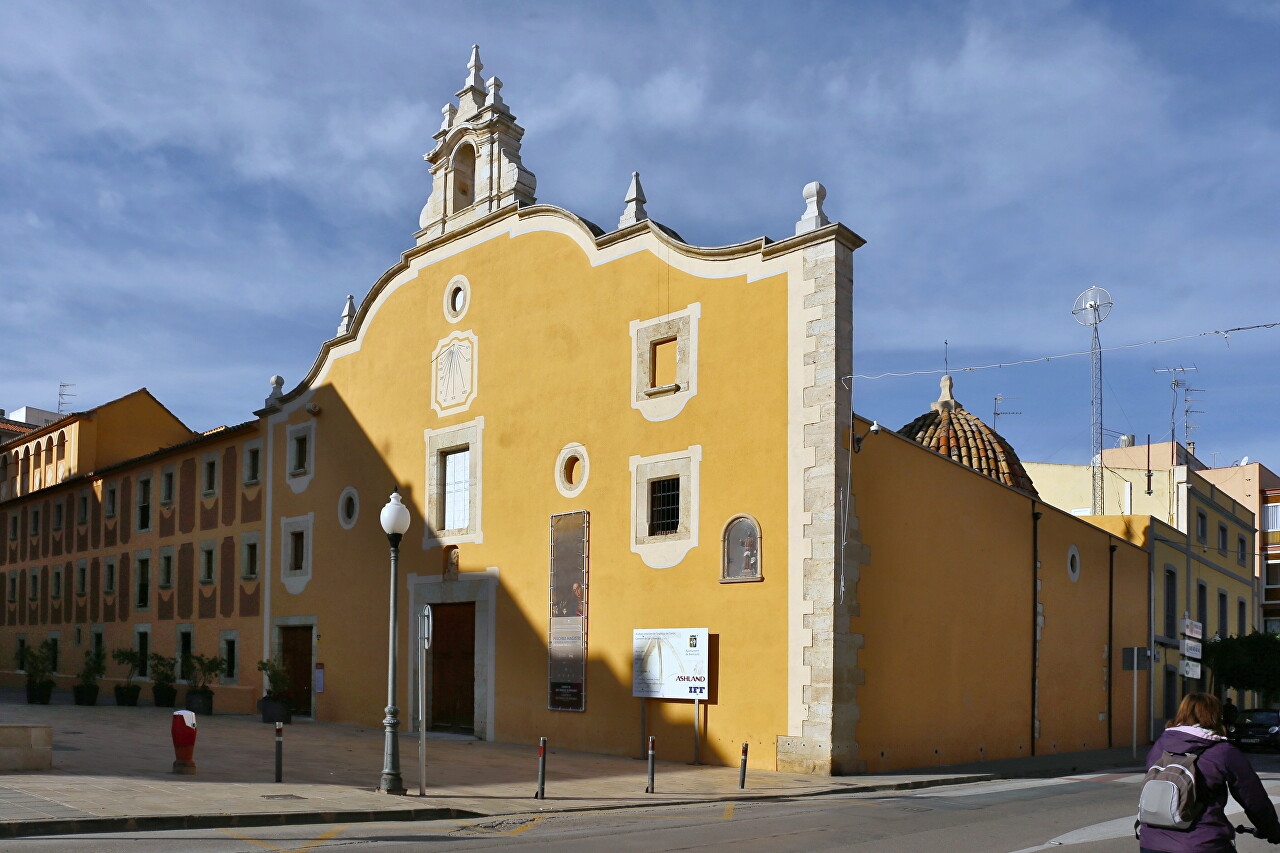Benicarló First Walk
On my way back from Peñíscola to the train station in Benicarló, I got off the bus in the city center to get some idea about it. This city is not very well known among tourists, and, as it turned out, completely in vain.

A bit of history: According to archaeologists, the site was originally occupied by an Iberian trading settlement named Tossa. Tossa flourished in the 5th-6th centuries, the remains of the city walls of that period can be seen on the outskirts of the city. During the time of Arab rule, the city was called Beni-Gazlum( Beni-Gazlum), which served as the basis for the modern name. After the Reconquista, the city became part of the Kingdom of Aragon under the name Benicastlo. Since the end of the 13th century, the settlement belonged to the Templars, and then to the Knights of Montez, who settled in the fortress of Peniscola, located 8 kilometers to the south. Little has been preserved in the city since that time, even the fortress wall was destroyed in the early 18th century.

The town is located in an agricultural zone, so the industry is represented by fruit processing enterprises. However, now the main part of the city's economy is accounted for by the resort business. Benicarló is actually connected to Peniscola by a chain of seaside hotels.

Boulevard Carrer Ferreres Bretó, the most beautiful part of the city. Here are its main attractions, but I want to say that not all of them are located.

The Rybak I Rybachka fountain is dedicated to the historical profession of the city's residents. In recent decades, tourism has displaced fishing, but the port of Benicarló is still home to many fishing vessels and several fish processing plants.

Opposite the fountain, you can see a wonderful mansion in the early Art Nouveau style. The facade is painted with graffiti, there are openwork balcony grilles and small wooden loggias under them, the roof ledge is lined with patterned ceramics from below. Neighboring buildings also attract attention. At first glance, the town seemed interesting in terms of architecture. Before the trip, I had read not very exciting stories about Benicarló, so I did not plan a full visit to it. Sorry...maybe someday we'll have a chance to stop by for at least half a day.

The Baroque Church of St. Bartholomew (Iglesia de San Bartolomé) is a symbol of Benicarló.

Initially, there was an old church on this site, presumably from the 14th century. At the beginning of the 18th century, it was very dilapidated and could not accommodate all the parishioners. The city Council decided to build a new church, which was laid on May 25, 1724. On October 9, 1743, the church was consecrated in the name of the patron saint Benicarló.

The bell tower of the church is an independent structure, it is a massive octagonal tower with a height of 37 meters, dominating the city silhouette.

Two blocks from the church is the Convento de San Francisco Monastery, which was founded in the 16th century, but what we see now was built two centuries later. In the 20th century, the monastery was used as a guards barracks, later as municipal warehouses. At the end of the century, some rooms were restored to their former appearance and now you can visit the cells, kitchen and refectory. On the square in front of the church there is a bus stop going to Peniscola. In summer, the bus goes to the railway station, in winter you can only leave from the stop located in front of the monastery facade (schedule).
